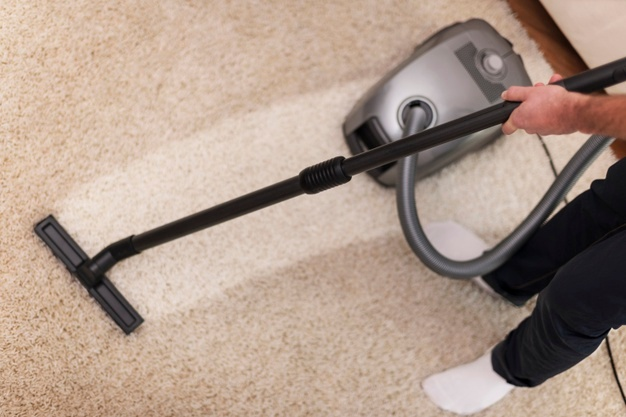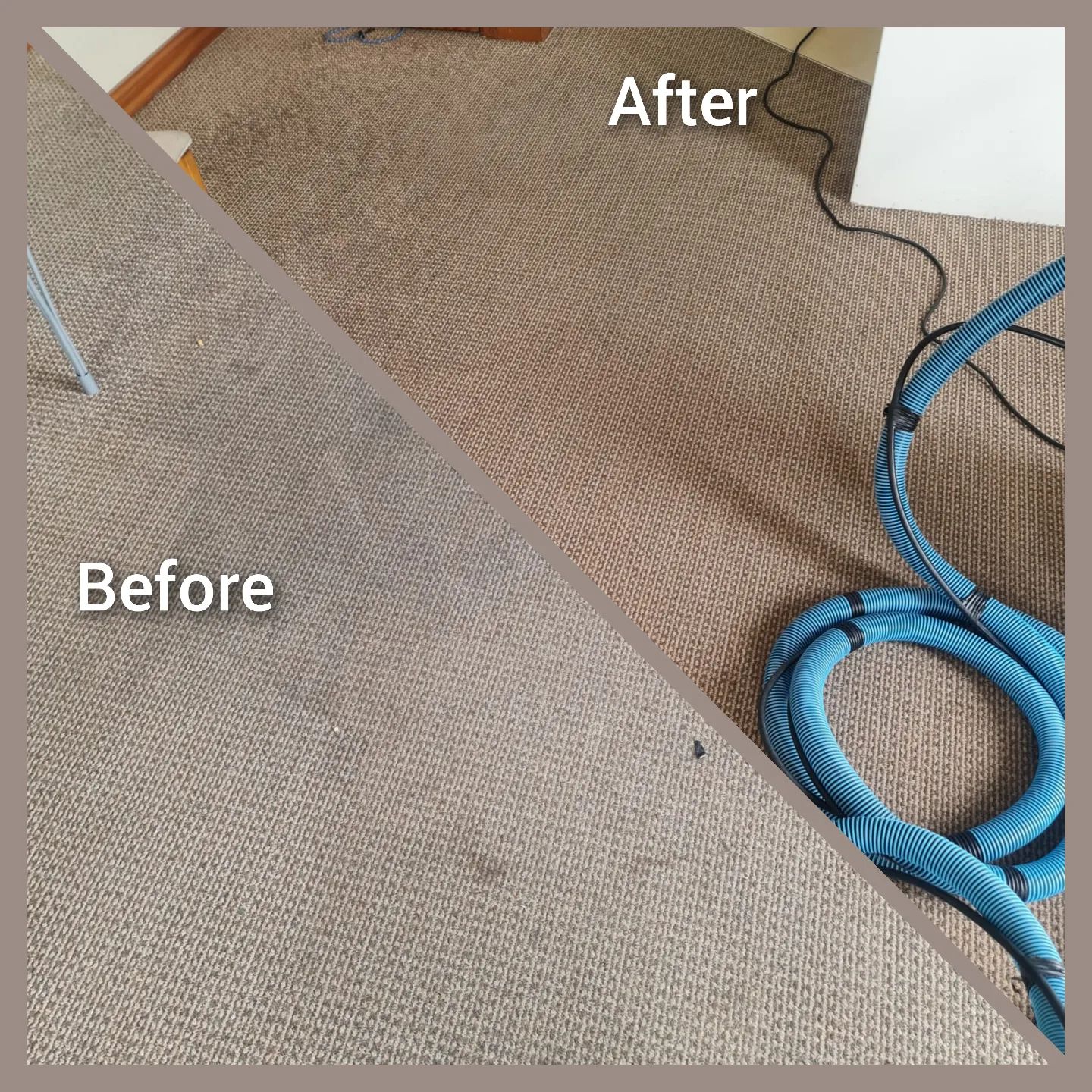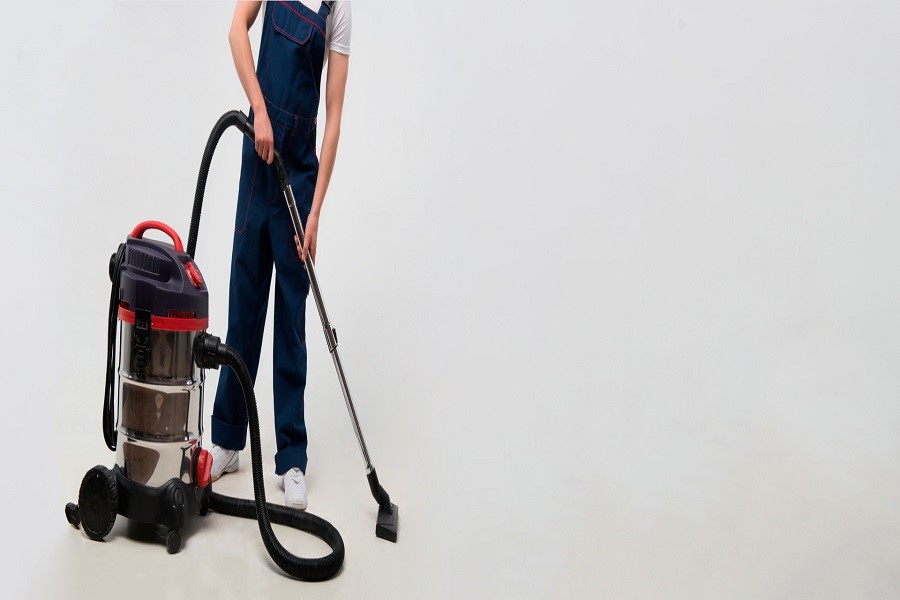Transforming homes through professional carpet cleaning is more than just a service—it’s a commitment to enhancing both the aesthetics and the health of indoor spaces. At Sandyford Carpet Cleaning, we specialize in revitalizing carpets, rugs, and upholstery, turning dusty, worn-out surfaces into sparkling gems that breathe new life into homes and businesses alike.
The Importance of Clean Carpets
Carpets serve as more than just floor coverings; they contribute significantly to the ambiance and comfort of a space. However, over time, carpets accumulate dirt, dust, allergens, and stains that not only diminish their appearance but also affect indoor air quality. Professional carpet cleaning addresses these issues comprehensively, extending the lifespan of carpets and promoting a healthier environment.
Comprehensive Residential Solutions
In residential settings, carpets often endure heavy foot traffic, spills, pet dander, and more. They tailor their residential carpet cleaning services to effectively tackle these challenges. Using advanced cleaning techniques and eco-friendly products, we lift embedded dirt, remove tough stains, and eliminate allergens, restoring carpets to their original beauty. This meticulous approach not only enhances the aesthetics of living spaces but also contributes to a cleaner and safer home environment for families.
Specialized Commercial Services
For businesses, maintaining clean carpets is essential for creating a professional and welcoming atmosphere. They tailor their commercial carpet cleaning services to cater to the distinct requirements of diverse industries, ranging from offices and retail spaces to hotels and restaurants. We understand the importance of minimal disruption and efficient service delivery, ensuring that businesses can operate smoothly while maintaining high cleanliness standards that impress clients and customers.

Advanced Techniques and Technologies
At Sandyford Carpet Cleaning, we invest in state-of-the-art equipment and stay updated on the latest cleaning techniques. Our methods include hot water extraction, dry cleaning, and specialized treatments for delicate materials like wool or silk. These advanced techniques ensure thorough cleaning without compromising on the integrity of the carpet fibers or the environment. We prioritize eco-friendly cleaning solutions that are safe for both occupants and the planet.
Beyond Carpets: Upholstery and More
In addition to carpets, we offer comprehensive upholstery cleaning services. Sofas, chairs, and other upholstered furniture accumulate dirt and stains over time, affecting both appearance and comfort. Their expertise extends to cleaning upholstery fabrics of all types, restoring them to their original vibrancy, and ensuring a fresh and inviting space for relaxation and entertainment.
Customer Satisfaction and Testimonials
Their commitment to customer satisfaction is evident in the positive feedback we receive from their clients. They appreciate our professionalism, attention to detail, and the transformative results they deliver. Whether it’s removing stubborn stains from a beloved rug or rejuvenating an entire home’s carpeting, they take pride in exceeding expectations and earning the trust of our customers.
Convenient and Reliable Service
They understand the importance of convenience for our clients. That’s why they offer flexible scheduling options and strive for punctual service delivery. Whether you require a one-time deep cleaning or regular maintenance, their goal is to make the process seamless and stress-free, allowing you to enjoy the benefits of clean carpets and upholstery without disruption to your daily routine.
Contact Us Today
Ready to transform your home or business with professional carpet cleaning services? Contact Sandyford Carpet Cleaning today at +353 894 888 589 or email them at info@sandyfordcarpetcleaning.ie. Let them help you restore the beauty and cleanliness of your carpets, rugs, and upholstery, turning dust into diamonds and creating a healthier indoor environment for you and your loved ones.
Conclusion
Sandyford Carpet Cleaning is committed to transforming homes and businesses with its expert carpet cleaning services. With a focus on quality, professionalism, and customer satisfaction, they ensure that every cleaning project results in carpets and upholstery that sparkle with renewed freshness and beauty. Experience the difference between professional cleaning and discovering how we can improve your indoor space today.











